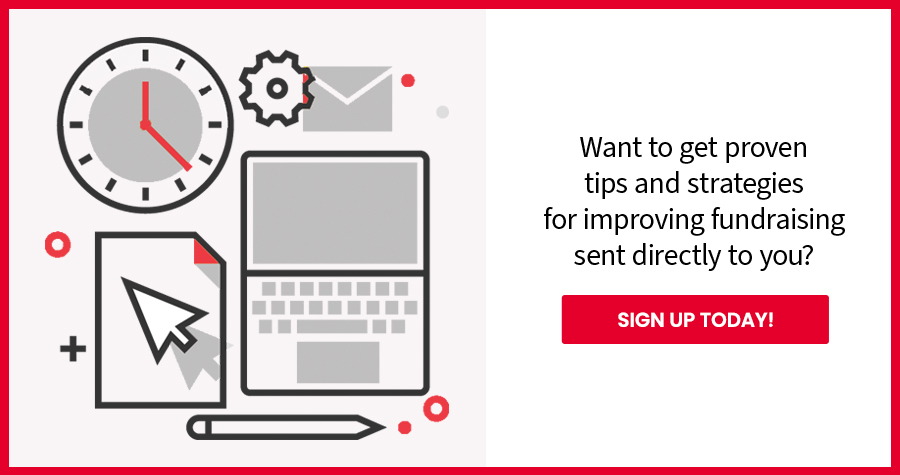We’ve all probably given to a cause once and haven’t repeated our gift since our initial donation. But you can create a better relationship with your donors that will encourage them to continue giving. How?…
Donors are subconsciously wondering a few things when you ask them for their hard-earned money:
- What’s the problem you want to solve?
- What are you doing to solve that problem?
- How much will the solution cost?
- How will my donation help?
- Why should I give right now?
Cover those questions the right way, and people will give for the very first time. But what do you need to do to get that second, third, fourth gift and beyond?
1. Acknowledge the gift. Don’t forget to send a printed receipt 24-48 hours after a gift is given (even for online gifts). A handwritten note or phone call from someone on staff, a board member, or even a volunteer makes a donor feel appreciated and connected to the people within your organization.
2. Express gratitude. Saying thank you should be a cornerstone of your donor retention strategy. But we find that not being thanked is one of the top reasons donors choose to stop supporting an organization financially. Don’t just assume your donors don’t need or want to be thanked. We once heard of a donor calling in and asking for his donation to be returned because in the two weeks since he made it, he was never thanked. So, be sure to give your donors a call; send them a handwritten note; express your gratitude for their partnership in your mission in whatever way you can.
3. Show them the impact. Donors want to know their contributions are effecting change. A newsletter is a great tool to report back to your donors on the significant impact their involvement is making. Social media posts with impact stories also allow donors to be part of the narrative. When donors know how their money is being used, they’ll be motivated to keep giving.
4. Get Personal. Show your donors how much they matter by getting personal—refer to them by name, avoiding the generic “dear friend” if possible, and acknowledge their giving history with your organization.
5. Make it relevant. We know donors often reactivate or give their second gift for the same reason they gave the first time. Make sure your second ask aligns with why they gave in the first place.
These may seem obvious, but organizations consistently attempt to cultivate new relationships without thinking through these initial steps.
Think of all the one-time donations your organization receives … What could you accomplish by turning more one-time donors into lifelong donors?
To fulfill your mission, activation and retention is important. Doing it right is key.
More Donors . . . Better Donors
If you’ve read Douglas Shaw & Associates communications before, you may be familiar with this fundamental phrase: More donors. Better donors.
“More donors” is the easy part to understand. It’s shaped by your efforts in donor acquisition, retention, reactivation, and activation to grow the size of your donor file. “Better donors,” however, refers to quality of the donors in your file—specifically related to their monetary value and longevity in partnership.
There’s no question … you need more donors and better donors to successfully achieve your organization’s mission. But what if you could get more, better donors to generate a higher annual donor value?
Here are a few key strategies you can put in place to get started:
- Implement custom ask arrays, used strategically to encourage higher gift amounts
- Test your online donation form to see if you can make adjustments that will boost online gift amounts
- Identify acquisition lists and digital audiences that bring in new donors at a higher value
- Consider implementing a monthly giving program to help boost your average number of gifts
TIP: Need help calculating your annual donor value and growth targets? Try this formula!
Average Donor Gift Size X Number of Gifts Received Annually = Average Annual Gift
This will be extremely helpful when identifying how many more (and better!) donors you need to achieve your revenue goals. For example, if you need to grow your revenue by $1 million and your average annual giving per donor is $1,000, you will need 1,000 more active donors.



